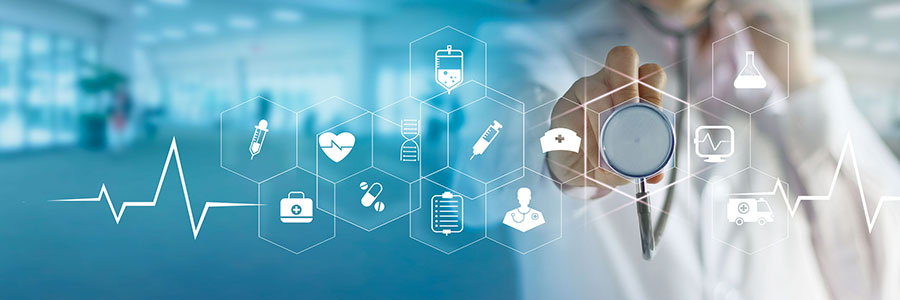There's no doubt that cloud computing is revolutionizing healthcare. From improving patient care to making medical records more secure, the cloud is making continues to make a big impact in the world of healthcare. Here are just a few of the benefits of using cloud solutions in your healthcare practice.
The benefits of cloud computing to patients and healthcare providers
The advantages of telemedicine

When you have questions about your health or are feeling under the weather, you usually set up a face-to-face meeting with your healthcare provider. But advancements in communication technology are allowing people to consult with their doctors anytime and anywhere through a service called telemedicine.
The benefits of online scheduling solutions for healthcare practices
Here’s what to look for in health apps and wearable tech
Improving healthcare systems with big data

The positive effects of business intelligence (BI) and big data analytics on healthcare management are becoming increasingly apparent — especially when it comes to reducing hospital readmission rates. Take a look at why many hospitals and clinics are beginning to embrace the potentials of data-driven business.
4 Important details about HIPAA compliance

Getting your practice up to code when it comes to Health Insurance Portability and Accountability Act (HIPAA) regulations can seem challenging upon first glance, but knowing where your IT efforts must be prioritized is the first step. In this article, we’ll zero in on four of the most critical items you must look into to become HIPAA-compliant.
HIPAA calls for careful social media behavior

Healthcare providers that use social media platforms like Facebook and Twitter can interact with their patients, advertise new services, and communicate urgent announcements. Even though there’s immense potential for social media to improve healthcare, it can also expose patient-specific information when used irresponsibly.
EHRs: Are they worth it?

Digitization is significantly changing the way healthcare organizations deliver care and services to patients. In particular, the use of electronic health records (EHRs) is improving the accuracy and accessibility of patient information. Despite this, the adoption rate of EHRs is still low and meets resistance from many healthcare providers.





